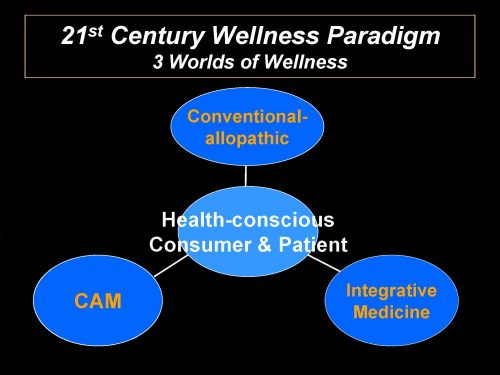The Three Worlds of Wellness
How did you fair with those wellness questions in part one? Are you beginning to think “outside the box” of our nation’s healthcare system for you and your family’s health and wellbeing? One thing is for sure, there’s a big wide wellness world out there. It is not easy to navigate that world with so many so-called “expert” voices competing for your attention.
How do we work around the “system” and find the right path for our families? If you haven’t read part one, I recommend you do; and answer the questions listed before you continue with this month’s series. I am then assuming you are ready to take this “out-of-the-box” journey with me. Also, you are willing to take complete responsibility for your own wellness decisions going forward. Only you will know what paths work for you and your family, not me. I will just be offering some possibilities for you to do your own homework. So, let’s get started.
Remember, I gave you a list of topics to be covered. The first one includes those Three Worlds of Wellness = Conventional, Complementary/Alternative Medicine (CAM), Integrative. For most of us today, we generally know what conventional and CAM worlds encompass. When it comes to integrative healthcare, there are still only a relatively few who are acquainted with what that world is all about, let alone physicians who call their practice “integrative.” Let’s review some basics about each world.
According to the National Cancer Institute, Conventional or Western Medicine is defined as “A system in which medical doctors and other healthcare professionals (such as nurses, pharmacists, and therapists) treat symptoms and diseases using drugs, radiation, or surgery.”
For most of us, you walk in the primary doctor’s office, they ask you for your insurance card, you fill out a patient history form. You wait for some time to have your ten minutes with the doctor. The doctor asks you why you are here, does a few physical observations, may do some blood or urine testing, and prescribe whatever medicine thought to be helpful with your symptoms. If warranted, you will be recommended to a specialist (e.g. urologist, rheumatologist, endocrinologist). You say goodbye and go home. Hopefully, you have insurance that covers it. Otherwise, you undoubtedly will not be visiting any specialist very soon.
The National Center for Complementary and Integrative Health describes Complementary/Alternative Medicien (CAM) as follows: “Many Americans—more than 30 percent of adults and about 12 percent of children—use health care approaches developed outside of mainstream Western, or conventional, medicine. When describing these approaches, people often use “alternative” and “complementary” interchangeably, but the two terms refer to different concepts: If a non-mainstream practice is used together with conventional medicine, it’s considered ‘complementary.’ If a non-mainstream practice is used in place of conventional medicine, it’s considered ‘alternative.’ True alternative medicine is uncommon. Most people who use non-mainstream approaches use them along with conventional treatments.”
The CAM practitioner focuses on his/her special treatment modalities and use a particular language of the specialty, such as with traditional Chinese medicine or Ayurveda Indian medicine. Other specialties include Naturopathy, Aromatherapy, Massage Therapy, Herbology, Meditation, Homeopathy, Acupuncture, Reflexology, Chiropractic, and Reiki.
Integrative Medicine (IM) has evolved over the past 30 plus years. Although still not widely taught in medical schools nor generally available in hospitals or covered by insurance, the Osher Center for Integrative Medicine considers Integrative medicine to be “. . . a term that emphasizes the combination of both conventional and alternative approaches to address the biological, psychological, social and spiritual aspects of health and illness. It emphasizes respect for the human capacity for healing, the importance of the relationship between the practitioner and the patient, a collaborative approach to patient care among practitioners, and the practice of conventional, complementary, and alternative health care that is evidence-based.”
The hope is IM combines the best of both conventional and CAM worlds, usually under one roof—or at least with local & national conventional and CAM referrals and alliances. The Consortium of Academic Health Centers for Integrative Medicine emphasizes that “Integrative Medicine . . . makes use of all appropriate therapeutic approaches, healthcare professionals and disciplines to achieve optimal health and healing.”
Which world of wellness do you frequent the most? Is your primary care physician an integrative provider, more conventional with a little CAM thrown in, or a conventional “purist?” Is the focus mostly on the physical “What’s wrong” approach? Or are you lucky your provider embraces all aspects of IM’s philosophical foundation? You decide. Is it time to increase your care options?
Next article will focus on learning & embracing the wellness basics = Nutrition, Movement/Exercise, Stress Management. These are the foundational practices of integrative care.

